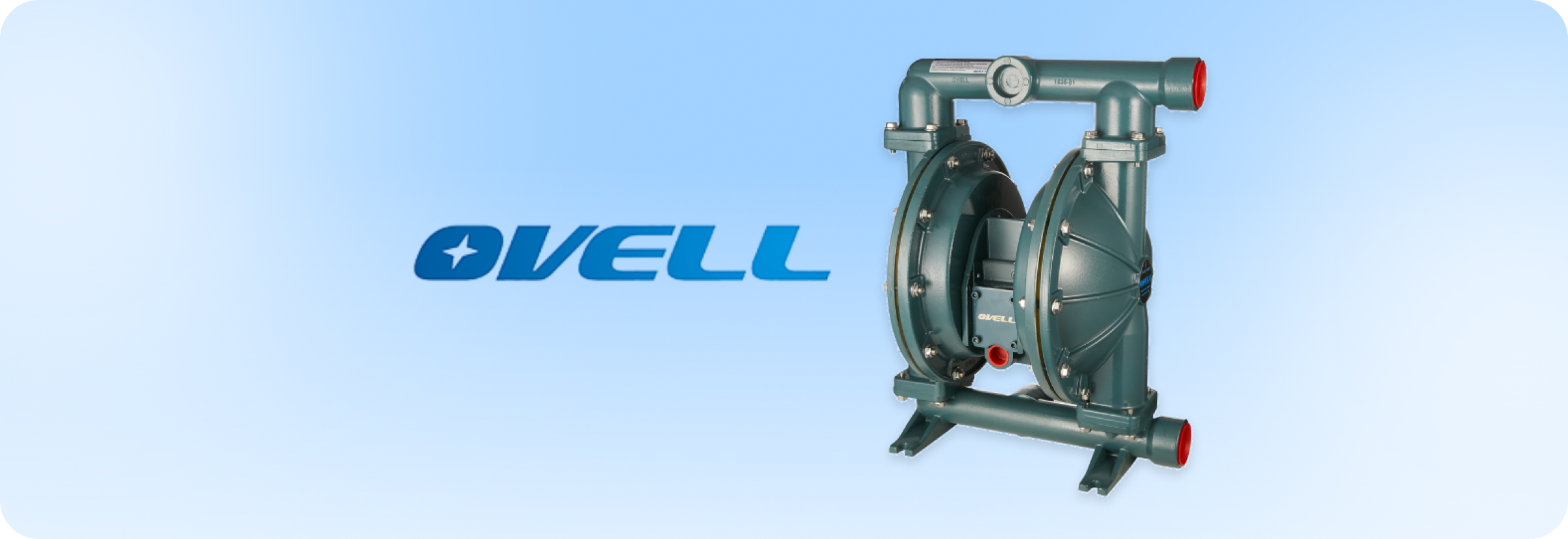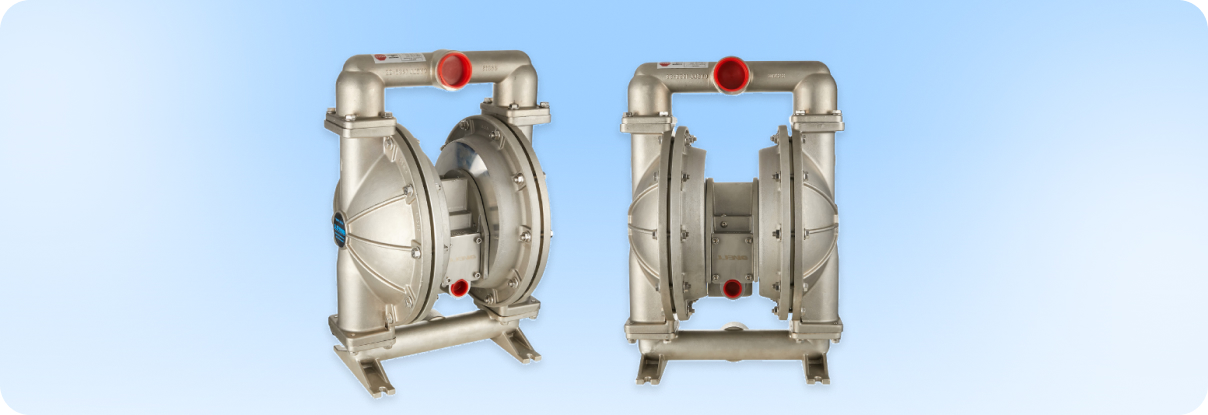
Mon - Fri: 9:00 - 19:00 / Closed on Weekends

AUS: +61 431 085 666
USA: +64 21 480 290


Achieving peak operational efficiency and enduring longevity from any fluid transfer system hinges critically on the precise selection of its pumping core. For industrial processes, simply choosing a diaphragm pump is merely the first step; optimising its performance necessitates meticulous sizing tailored to specific system requirements. Factors such as desired flow rate, discharge pressure (head), fluid viscosity, and pipe diameter all play pivotal roles in determining the ideal pump configuration.
After all, a misjudged selection can lead to diminished efficiency, accelerated wear, or even system failure, underscoring the importance of expert guidance. Ovell Pump, as a distinguished diaphragm pump manufacturer across the globe, champions the philosophy that a well-sized pump is the foundation of a robust and cost-effective fluid management solution.
This comprehensive guide will navigate the technical aspects of correctly sizing a double diaphragm pump and other diaphragm pump variants. We will explore how a thorough understanding of system dynamics ensures optimal performance and extended operational life for Ovell pumps across diverse industrial applications.
The performance of a pump within a fluid transfer system is directly proportional to how well it is matched to the system's demands. Both undersizing and oversizing a pump can lead to significant operational drawbacks:
Therefore, achieving the "just right" fit is paramount for both immediate operational success and long-term economic viability.

Accurate pump sizing relies on a detailed understanding of the fluid, the system, and the desired operational outcomes.
1. Flow Rate (Capacity)
This is the volume of fluid moved per unit of time (e.g., litres per minute). Consider average and peak flow requirements, factoring in future expansion. While double diaphragm pump designs inherently pulsate, the average flow determines capacity.
2. Discharge Pressure / Total Dynamic Head (TDH)
This represents the total resistance the pump must overcome. It includes:
Accurately calculating TDH is a critical aspect of pump sizing.
3. Fluid Viscosity
Viscosity, a fluid's resistance to flow, significantly impacts pump performance. Higher viscosity fluids require more energy and increase friction losses in piping. For very high-viscosity fluids, specific diaphragm pump models with larger valve balls or slower stroke rates might be necessary. A pneumatic powder diaphragm pump, for instance, is tailored for dry, granular materials with unique flow characteristics.
4. Fluid Characteristics
5. Pipe Diameter and System Layout
Piping design directly influences friction losses and efficiency.
Ovell Pump offers diverse industrial diaphragm pumps, each with specific sizing considerations to ensure they meet operational needs.
1. Define System Requirements: Detail fluid properties, required flow rates (min/avg/max), suction/discharge conditions, and pipe specifics.
2. Calculate Total Dynamic Head (TDH): Sum static head, discharge pressure, and friction losses for both suction and discharge lines.
3. Determine Net Positive Suction Head Available (NPSHa): Ensure NPSHa is greater than the pump's Net Positive Suction Head Required (NPSHr) to prevent cavitation.
4. Refer to Pump Performance Curves: Consult curves from trustworthy diaphragm pump manufacturers like Ovell Pump. Locate the intersection of your required flow and TDH within the pump's optimal operating range.
5. Material Selection: Based on fluid characteristics, select appropriate pump housing, diaphragm, and valve materials for longevity. This is crucial for any chemical diaphragm pump.
6. Consider Safety Margins: Include a small safety margin (e.g., 10-15%) for flow and pressure, but avoid excessive oversizing.
7. Review and Optimise: Re-evaluate pipe diameters if friction losses are too high, adjusting the system design for efficiency. For instance, a 2 inch diaphragm pump might be more efficient than a smaller pump at maximum capacity.
Navigating pump sizing complexities requires deep technical knowledge. Ovell Pump, as a reliable global diaphragm pump manufacturer, offers invaluable support:
Optimising pump performance begins with correct sizing. This critical process involves thorough analysis of flow rate, discharge pressure, fluid characteristics, and system layout. Both undersizing and oversizing a pump can lead to significant operational and financial drawbacks. By meticulously evaluating these parameters and leveraging the expertise of a reputable diaphragm pump manufacturer like Ovell Pump, industries can ensure their fluid transfer systems operate at peak efficiency, deliver consistent results, and provide long-term reliability. Choosing the right diaphragm pump for your specific system design is an investment in sustained productivity and operational excellence.